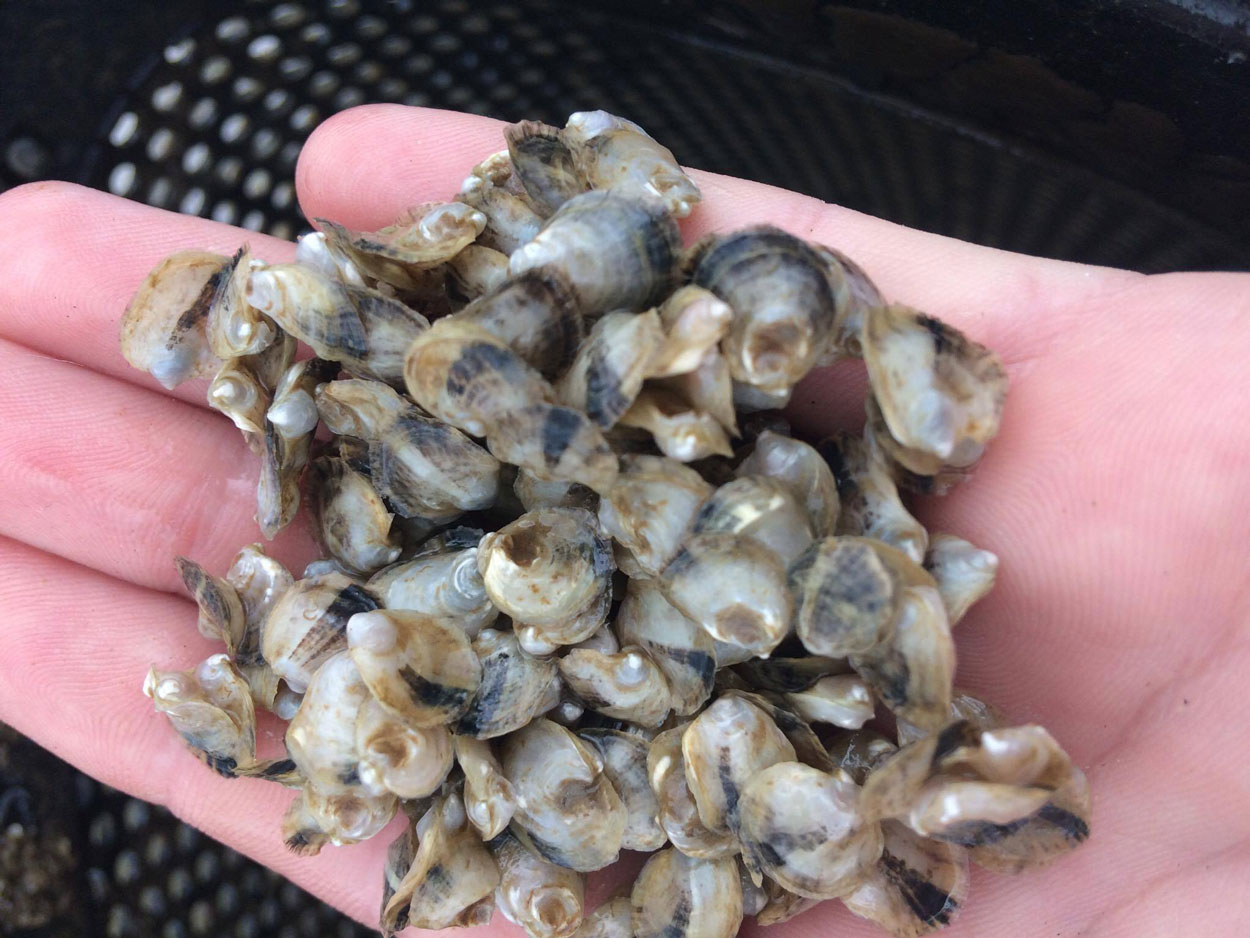Building Resilience for Oysters, Blue Crab, and Speckled Trout (spotted seatrout) to Environmental Trends and Variability in the Gulf of Mexico
Project lead: Jackie Wilson, Research Technician
Background: For generations, the dynamic estuarine systems of Mobile Bay and Mississippi Sound have provided ecologically and economically important resources, upon which the livelihoods and cultural heritage of Alabama’s coastal communities rely. Often referred to as the nursery of the Gulf of Mexico’s fertile crescent, where freshwater influx from the Alabama river delta combined with rich, saline Gulf water, create an ideal habitat for juvenile species of all phyla. Among these, oysters (Crassostrea virginica), blue crab (Callinectes sapidus), and speckled trout or spotted seatrout (Cynoscion nebulosus) are fundamental to coastal socioeconomics, providing crucial ecosystem services including shoreline protection, commercial and recreational fisheries, working waterways for local jobs and public access, cultural experiences, and picturesque vistas sought by visitors from across the globe. Today, populations of these species are under threat or near collapse as a result of anthropogenic activities negatively impacting the environmental conditions of Gulf estuaries.
Objective: In collaboration with the Dzwonkowski, Lehrter, and Baker labs at DISL, this project will help identify what individual or combined stressors affect these ecologically and economically important species and evaluate how management actions may improve the resilience of these populations to environmental change. The University of South Alabama Fisheries Ecology Lab is focusing on the growth and survival of oyster populations specifically.

Approach: To accomplish these objectives, field observations conducted by the deployment of specialized moorings equipped with vexar mesh bags containing sample populations of diploid oyster seed at depths fixed above and below the pycnocline, at six station locations near protected oyster reefs across Mobile Bay and Mississippi Sound. Through mesocosm experiments, from these field observations, and numerical modeling, we will quantify thresholds to identify large-scale drivers and stressors of these populations in Mobile Bay, Alabama. In addition, numerical models will be created based on these data that can forecast population, ecosystem services, and socio-economic changes based on scenarios of future conditions. Public preferences about changes to the ecosystem will be gauged through a survey and incorporated into the models to calculate the costs and benefits of potential management actions.
Funding:
NOAA, NMFS
